Synth icons: ARP Odyssey
It's coming back, so find out why you should care
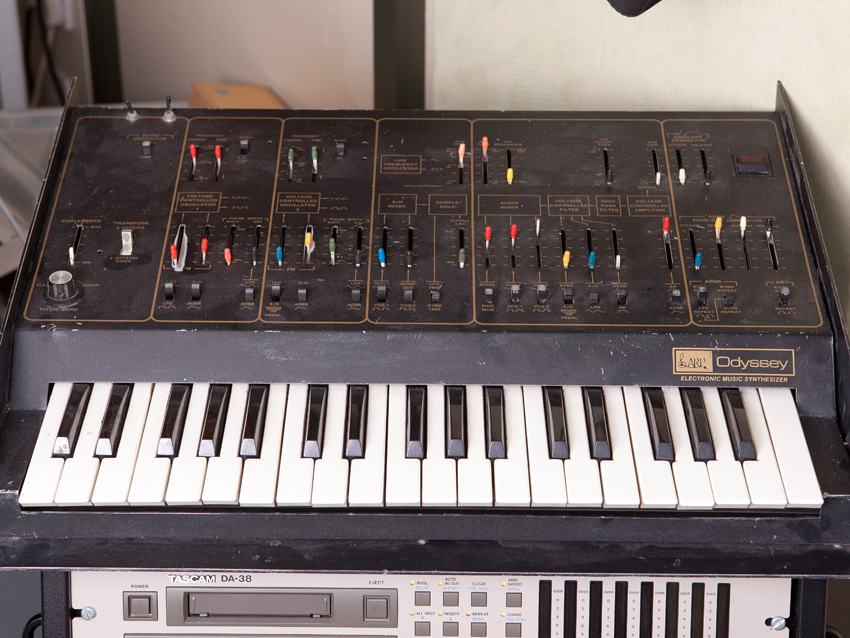
Raiders of the lost ARP
It says a lot about the enduring popularity of the ARP Odyssey that, despite the fact that it's not one of its own heritage synths, Korg is planning to re-release it later this year.
Released in response to the launch of the Minimoog, the Odyssey is frequently compared to Moog's classic instrument but had a sound and design all of its own. It may have had an oscillator less than the Minimoog, but it was duophonic rather than monophonic, and renowned for its aggressive, biting tone. Oh, and you'll note that it had sliders rather than knobs.
Most importantly, the Odyssey was versatile, being great for basslines, solos and a lot more besides. This versatility is reflected in the wide range of players and programmers who have been drawn to it, some of whom we're about to introduce you to.
Three editions of the Odyssey were produced between 1972 and 1981, and Korg's version is set to arrive in September. If you can't wait until then to experience it, you'll be pleased to know that several plugin versions are available, including Gforce Oddity and Manx Destiny.
Right now, though, let's concentrate on some of the players and tracks that turned the Odyssey into a legend in the first place.
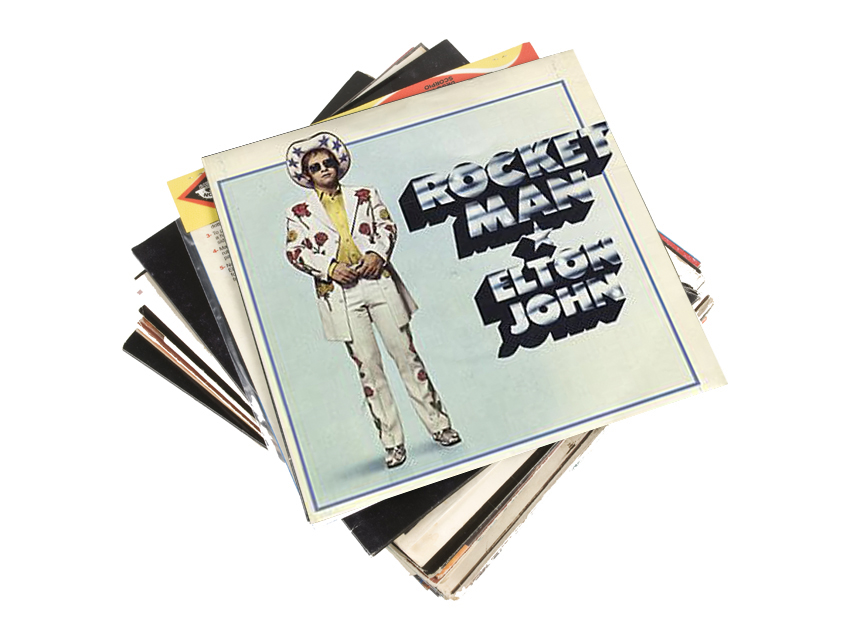
Elton John
It might be the quintessential piano-led ballad, but Elton John and Bernie Taupin's tale of space-bound loneliness is given a well-judged injection of other-worldliness at 2:14 as the Odyssey is used to add a warm, synthetic touch.
The part was played not by Elton but Dave Hentschel, who engineered the record.
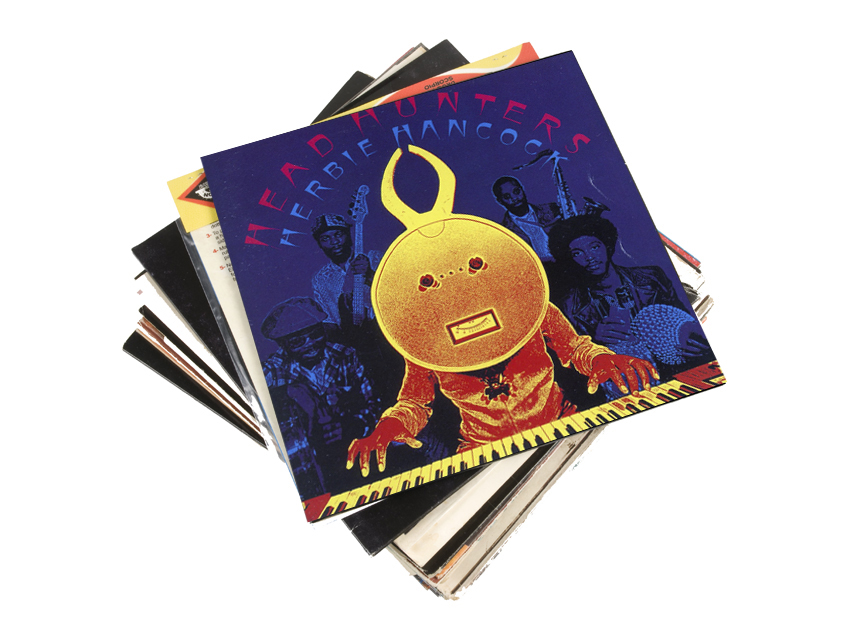
Herbie Hancock
As if to demonstrate the Odyssey's versatility, it was used for both the bassline and one of the solos in Hancock's 1973 jazz/funk classic.
The live performance video below features both: you can skip to the solo at 10:52. We're particularly impressed by the moment at which Herbie seems to forget that he's playing a gig and proceeds to indulge in some experimental sound design.
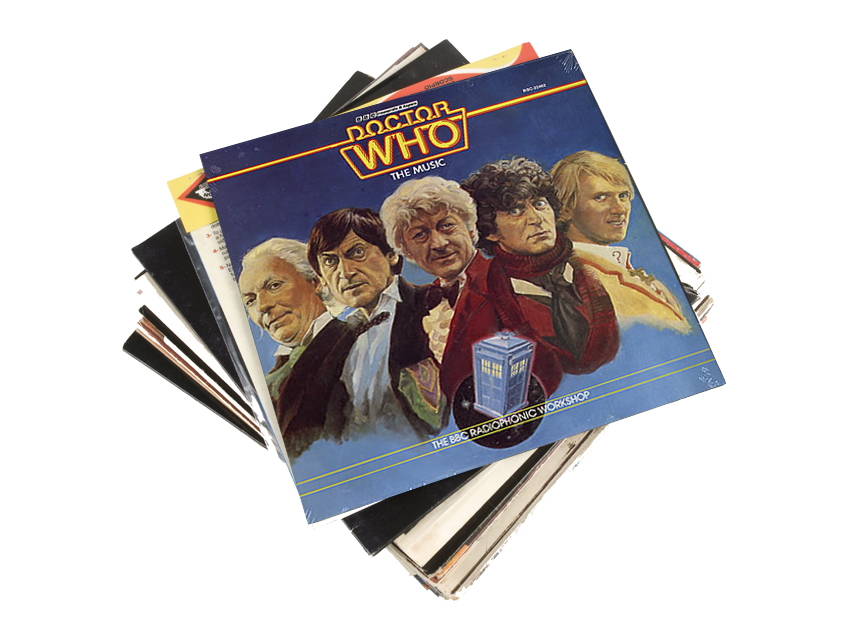
BBC Radiophonic Workshop
When the BBC Radiophonic Workshop was called upon to rework the Doctor Who theme in 1980, staff member Peter Howell naturally turned to a collection of analogue synths.
Although the bassline was created using a Yamaha CS-80, it was the Odyssey that handled the lead melody, as you can hear Howell explaining in archive footage below.
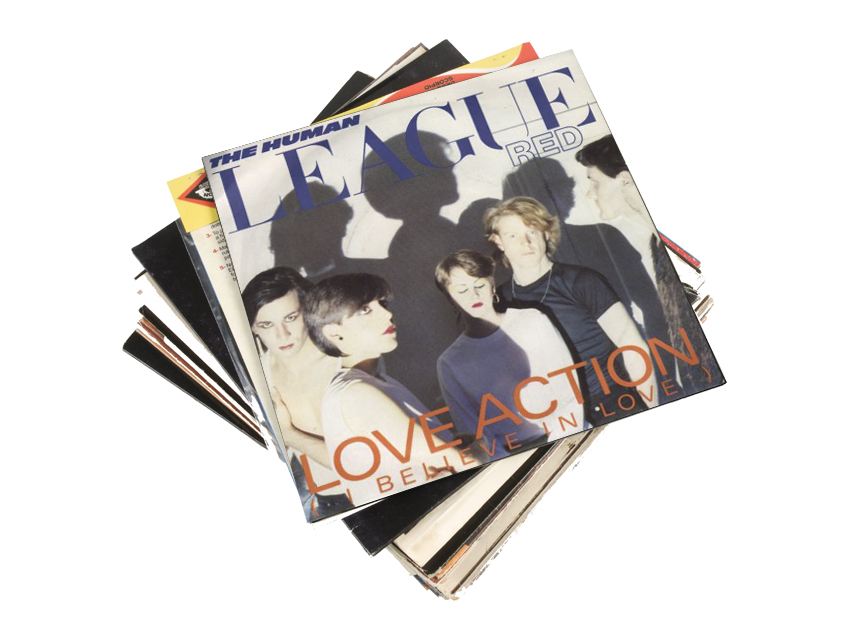
The Human League
We'll admit that we're not totally sure which of the parts in Love Action were played on the Odyssey, but the evidence points to the fact that at least some of them were.
Exhibit A is this 1981 Top Of The Pops clip, which features the ARP instrument taking its rightful place towards the front of the stage (just behind Phil Oakey and on an equal footing with the backing singers).
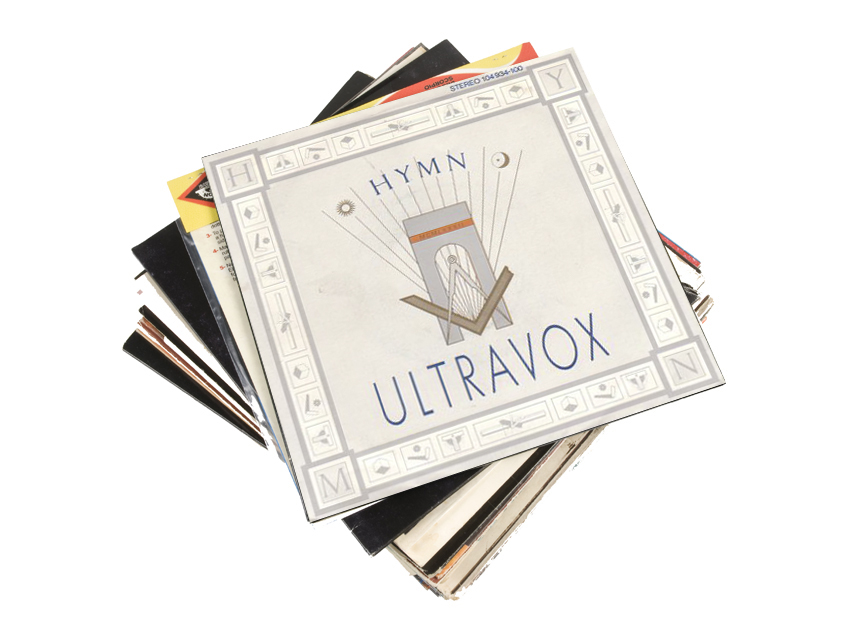
Ultravox
Ultravox used all kinds of synths, but when it came to soloing, founding member Billy Currie returned to the Odyssey again and again.
Rather than using a static sound when he was playing, he was famous for making use of the ARP instrument's modulation capabilities, as you can see below when the solo kicks in at 3:16.
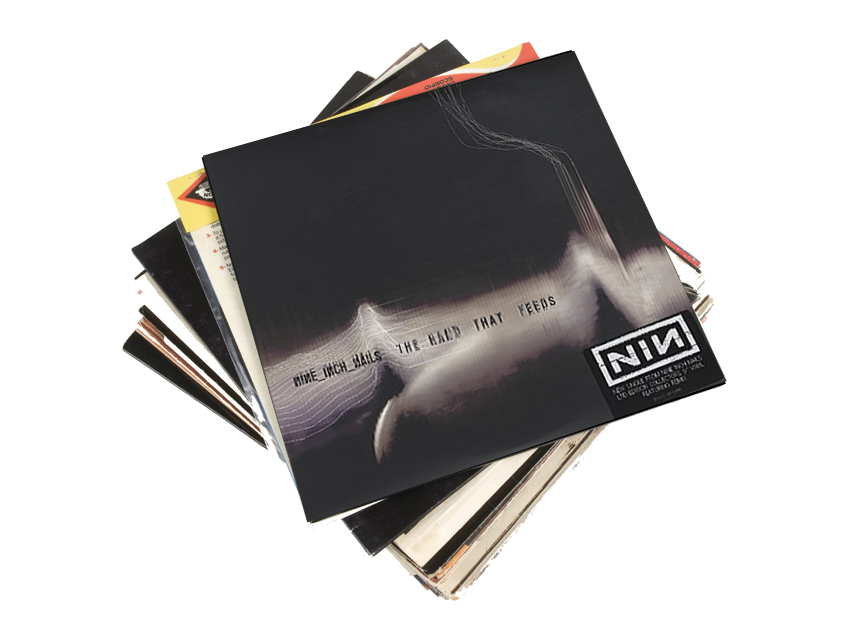
Nine Inch Nails
While the Odyssey might be most regularly associated with funk or synth pop sounds, it's also capable of producing some fantastic grittier tones. It's little surprise then, that it's a favourite of NiN mainman Trent Reznor.
Check out the Odyssey Mk I in action in the video for The Hand That Feeds below, producing a think, gritty lead that fits perfectly with the wall of distorted guitars.
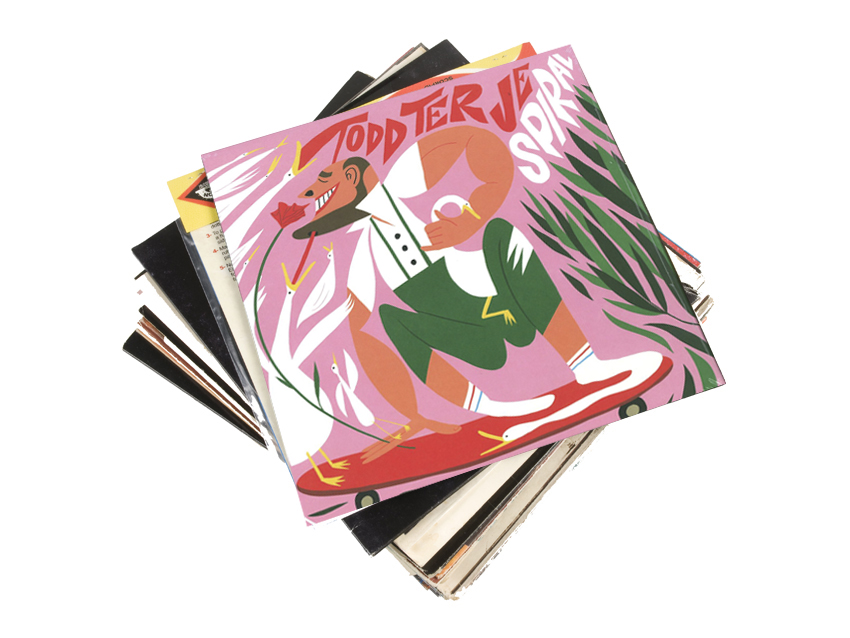
Todd Terje
For a modern musician who appreciates an ARP synthesiser, look no further than Todd Terje.
Actually, Terje's best-known track, Inspector Norse, was built entirely on the Odyssey's bigger, more complicated sibling the ARP 2600. His 2013 double-header, Spiral/Q, saw him turn to the Odyssey to provide the core bouncy, synth-funk sounds, however.

I’m the Deputy Editor of MusicRadar, having worked on the site since its launch in 2007. I previously spent eight years working on our sister magazine, Computer Music. I’ve been playing the piano, gigging in bands and failing to finish tracks at home for more than 30 years, 24 of which I’ve also spent writing about music and the ever-changing technology used to make it.